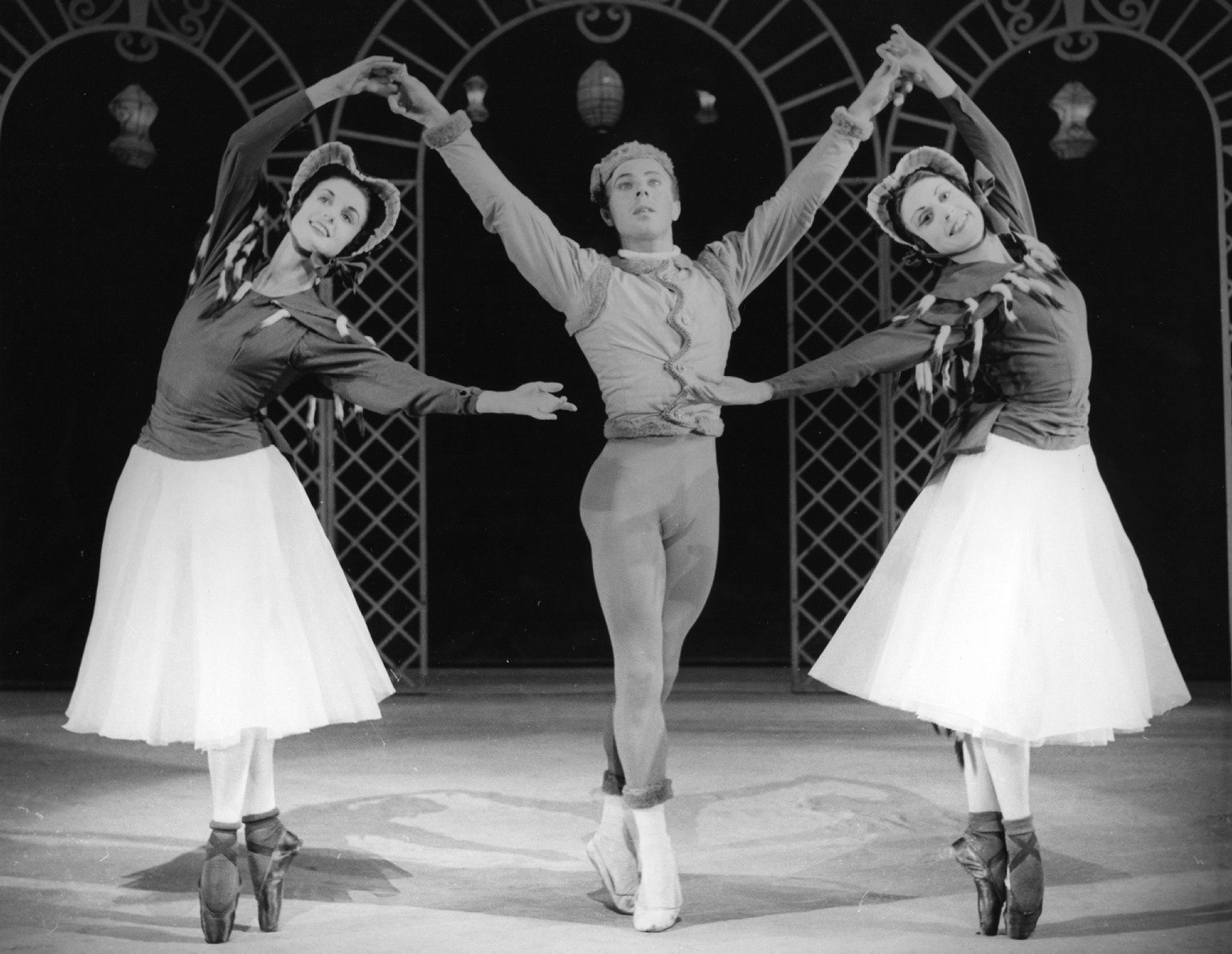people » William Chappell
William Chappell (1907-1994). British dancer, theatre designer, producer and writer
William Chappell was born in Wolverhampton in 1907 to Archibald Chappell, a theatrical manager (who left the family early on) and Edith Blair-Staples, the daughter of an army officer. He attended Balham Grammar School and later Chelsea School of Art. He started to dance seriously at the quite late age of 17, with Marie Rambert.
His life as a dancer flourished through meeting and working with many of the great names in dance at a time when everything to do with the birth of British ballet was coming together. He travelled in Europe with his friend Frederick Ashton as a member of Ida Rubinstein’s company, in which two great choreographers of the day, Léonide Massine and Bronislava Nijinska were involved. By 1929 he was back in London working with Rambert, The Camargo Society and the Vic-Wells Ballet, creating dozens of roles over the next ten years.
At the same time Chappell was designing sets and costumes ballets and revues, at first with Rambert, Antony Tudor, Frederick Ashton and Ninette de Valois. At the outbreak of World War Two in 1939 he joined up and remained in the army until 1946. He then started working in a variety of genres, including opera. He had a particular understanding of the works of Ashton and many of his designs have never been surpassed.
Chappell was clear about how the energy and spirit of the birth of British ballet in the 1930s was dissipated by the War, and how difficult it was, or even impossible, to re-capture those earlier times, not least because so many male dancers were lost to the war effort and their careers were over. Nevertheless, Chappell went on designing and producing well into the 1970s and continued writing into the 1980s. He very much holds his place in the development of British ballet in the 20th Century. William Chappell died in Rye in 1994.

